The answer to the question,“Can you become a millionaire trading stocks?” is an emphatic “Yes”.
We’re going to look at the following:
- Legendary Figures Who Have Made a Fortune Trading Stocks – Proof Positive to The Question: “Can you become a millionaire trading stocks?”
- So Where Does This Leave You?
- Skill #1 – Focus
- Skill #2 – Pattern Recognition
- Skill #3 – Persistence
- Commonly Asked Questions
- Can you become a millionaire from stocks?
- What is the best way to start investing?
- What is the definition of a millionaire?
- Why is day trading profitable for some people and not others?
- What are the risks of investing in stocks?
- How much do I need to invest to become a millionaire?
- Where are the day trading billionaires?
- What is your risk tolerance?
- What does it mean when a company buys back stock?
There is a long list of famous people who have become incredibly wealthy over the years trading stocks.
From George Soros to Jesse Livermore, the list is long.
Add to that the number of people who aren’t famous and the list is even longer.
Here are some of the highlights of a few of them:
Legendary Figures Who Have Made a Fortune Trading Stocks – Proof Positive to The Question: “Can you become a millionaire trading stocks?”
George Soros – Has a net worth of over $8.6 Billion dollars which he earned through a number of his hedge funds. He is the trader who “broke the bank of England” when he shorted the British pound and made over $1 billion dollars.
Jesse Livermore – At the peak of his career Jessee Livermore was wroth about $10 million, which is worth about $1.5 billion today. He is considered as one of the greatest traders to have ever lived as he traded using his own money, his own systems and completely on his own. His trades and positions were logged manually and was one of the first successful trend traders.
Paul Tudor Jones – Net worth: $5.8 billion. Jones is known for having tripled his money in 1987 when he bet that the market was going to crash. He shorted the market right before the market crash of 1987 that has come to be known as “Black Monday.”
John Overdeck and David Siegel – Net worth $13.1 billion. Overdeck and Siegel run Two Sigma Investments which was started in 2001 and is based in New York city. Their fund relies heavily on artificial intelligence and machine learning to place there trades…just like this software here.
Jim Rogers – Net worth around $300 Million. Rogers is known for starting the Quantum fund with George Soros and for being the one who called the commodities bull market in the 1990’s.
John Paulson – Is known for making billions in profit in 2007 after he shorted sub-prime mortgages by using credit default swaps. His net worth is about 4.2 billion after having made one of the largest fortunes in the history of Wall Street.
So Where Does This Leave You?
 As inspiring as some of those stories may be… the question still remains – can you become a millionaire trading stocks?
As inspiring as some of those stories may be… the question still remains – can you become a millionaire trading stocks?
It’s all fine and well that OTHER people have made a lot of money trading stocks but can you do it?
Some of it will come down to your natural strengths and abilities, but there is a lot that you can do to work and develop your trading skills.
So to help you along the path, here are a few of them.
The Skills You’ll Need If This Is Your Path…
Skill #1 – Focus
You have to be able to think clearly and focus on the task at hand.
There are so many variables and conflicting bits of information that come up during the trading day. And it’s because of this that you have to develop a “trader’s mindset.” Without this sort of sharp focus you won’t be able to handle the stress of it all.
Being mentally strong is by far and away the most important skill or ability to have as a stock trader.
There are always going to be ups and downs in the market and being able to react and adjust to the market is absolutely critical.
At some point in time, you will have a trade go against you and you will lose money.
There’s just no getting around that.
But what happens next is what separates the REAL traders from the amateurs.
It’s all in how you react to this.
Do you see it as a learning opportunity? Do you you re-check your trading theory or how you executed the trade? Or do you just quit?
Remember, when you start out trading it’s going to have a steep learning curve. And unfortunately, you might lose some money in the process.
But if you’re mentally strong and can stick with it, you’ll eventually grow and develop as a trader.
Skill #2 – Pattern Recognition
The stock market has a certain ebb and flow that it follows. The values and prices of stocks and options rising and falling in value in a cyclical pattern.
A lot of this has to do with where the economy is at with the business cycle. And even within that, each stock generally has it’s own pattern it follows.
In order to see a positive pattern (trade setup) occur, you need to be able to recognize them when you see them.
And this all comes down to practice.
You can use an Artificial Intelligence trade setup scanner like this one. Or you can learn to do it manually – by spotting some of the most common setups. A great resource on this is Samuel Goldman’s book here.
Now, regardless of your trading style every one consults charts – it’s just that the timeframe over which you set the chart up differs.
Daytraders will set up intraday charts. Swing traders will have a little longer timeframe.
Traders who trade more large-scale macro moves might even look at charts that try to show a trend over years!
Skill #3 – Persistence
Learning to trade stocks isn’t for people looking to make a quick buck.
You’ve got to treat it like a job and get educated on how to do it.
And this comes down to a LOT of practice.
There’s just no getting around it.
That said, one of the best ways that you can practice and get educated is to follow alongside someone who has been successfully trading for years and do what they do.
This has the added benefit of allowing you to “earn while you learn.”
If there is room, you can join “The Empirical Collective” where my team and I give out weekly stock trade alerts. This allows you to trade alongside us as you learn and develop your trading skills.
The great thing is that we have a great average return per trade and extremely high win rate. And this will send you on your way to realizing the answer to “Can you become a millionaire trading stocks?”
For more details, you can click here to get started.
Commonly Asked Questions
Can you become a millionaire from stocks?
Of course. Stocks are a good way to become wealthy because it’s possible to make money on both the up-front investment, as well as the dividends/interests you get from stocks.
There are many reasons both someone with beginner knowledge and someone with expertise might be successful investing in stocks. If you have beginner knowledge, your potential for success is probably high: there is still lots of uncertainty and volatility in markets so it’s very hard for an expert to predict the stock market’s future prices and tendencies with certainty, but this doesn’t matter much if you don’t want or need to buy at certain points anyway–buying relatively calmly day after day without needing to gamble can lead to gains just as well!
What is the best way to start investing?
Simple: Start with a small amount and learn. Part of the joy of investing is learning how it’s done; and people often find they enjoy following their own investments, watching them increase in value, trading, etc.
All you really need to start investing is an account for your “hobby” money that doesn’t get touched very often (so that if you lose everything or get invested in something without foreseeing having enough cash to cover the expense next week you’re not going to be bankrupt). I recommend opening a Roth IRA online through Vanguard where all contributions are tax deferred until withdrawal and there is no minimum deposit required.
What is the definition of a millionaire?
The definition of a millionaire is someone who has at least one million American Dollars. It is estimated that millionaires see about $1,000 per day for themselves.
As of the most recent data, there are about ten million people in America alone who have accumulated personal wealth of up to US$1 million. Another 14 million wealthy Americans will be adding another US$700 billion to their portfolios this year by taking advantage of current economic conditions and investing aggressively. By the time you finish reading this article, over 700 more millionaires will be created in America alone thanks to favorable economic conditions.
Why is day trading profitable for some people and not others?
Successful traders use careful attention to market movements and the time in which they make their buy and sell decisions.
Successful day traders understand certain key indicators and take an outlook on how these indicators could change in the future. With a decision made based off understanding of these indicators, a successful trader can trade with confidence. This leaves less anxiety about potential outcomes for trades because one has taken steps to mitigate risk beforehand without trading recklessly or out of desperation for something better than what is offered at the moment.
What are the risks of investing in stocks?
The risks of investing in stocks is that the stock market goes down and you lose money.
The fluctuation of investments can be either an exciting opportunity to make more money, or a worry about losing all your savings. Any investment entails risk and potential loss, and no investment is guaranteed not to lose value. Investing in stocks simply means making a bet on what will happen with particular corporations over time. If you bet wrong, the price might rise significantly but then drop before you can sell it for as much as you had predicted.
How much do I need to invest to become a millionaire?
$250,000 per year is invested at 6% interest per year, compounded monthly.
To become a millionaire it will require an investment of about $1million. This results in an initial investment of $250,000 and the compounding interest will generate additional approximated amounts over time; in this case with 6% compounding monthly the factor would be 1.5. The total number yields 50 times more than what is originally invested after 12 years plus three months with no annual income taken into account (or 720 months – this also equals 36 years). That’s how much you’d need to invest or put aside every month without receiving any resulting benefits for your investments.
Where are the day trading billionaires?
The majority of day traders never end up making any significant gains—and there’s a good reason. Trading with too many shares and having no predetermined strategy can lead to major losses. You need discipline and unwavering determination to stay with it when you’re in a rut and the market throws an obstacle in your way.
And contrary to what we see in movies, news reporting, television shows, and books where the protagonist will succeed every time because… well they’re the protagonist, is not how trading really works in real life. Day traders must stay disciplined at all times or they’ll lose more than just their investment money!
What is your risk tolerance?
Your risk tolerance is determined by your likelihood of taking risks when it comes to investing in the stock market.
The potential rewards come with increased risks. Those who are willing to take on these types of risks benefit when stocks increase in value, but they might also lose money when stocks fall in price. It’s important to always remember that you can’t keep your money invested into the stock market indefinitely risking that there will never be another recession or panic again because inevitably, that time will come again and someone may not survive financially if they bet their entire financial situation on an event that has only happened one time before.
What does it mean when a company buys back stock?
When a company buys back stock, it typically does so when its shares have been going down in order to show investors that they have confidence in the company’s future. While buying back stock is not always inherently good, it is better than doing nothing if the market shows uncertainty.
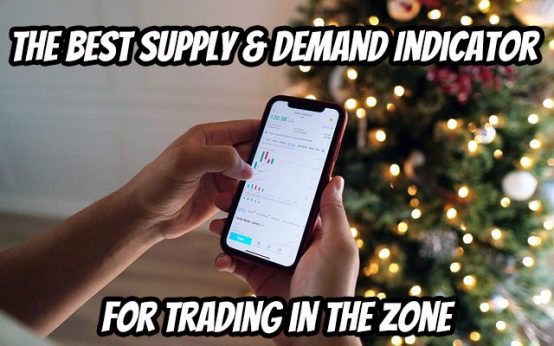 The Best Supply and Demand Indicator for Trading in the Zone
The Best Supply and Demand Indicator for Trading in the Zone 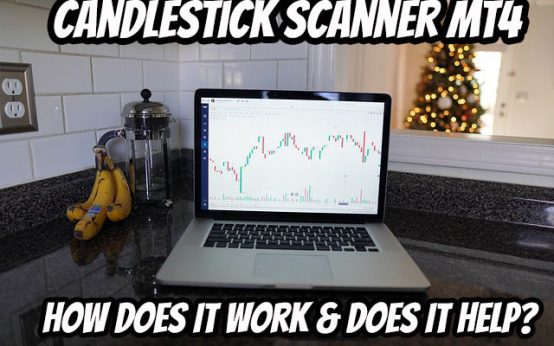 Candlestick Scanner MT4: How Does It Work & Does It Help?
Candlestick Scanner MT4: How Does It Work & Does It Help? 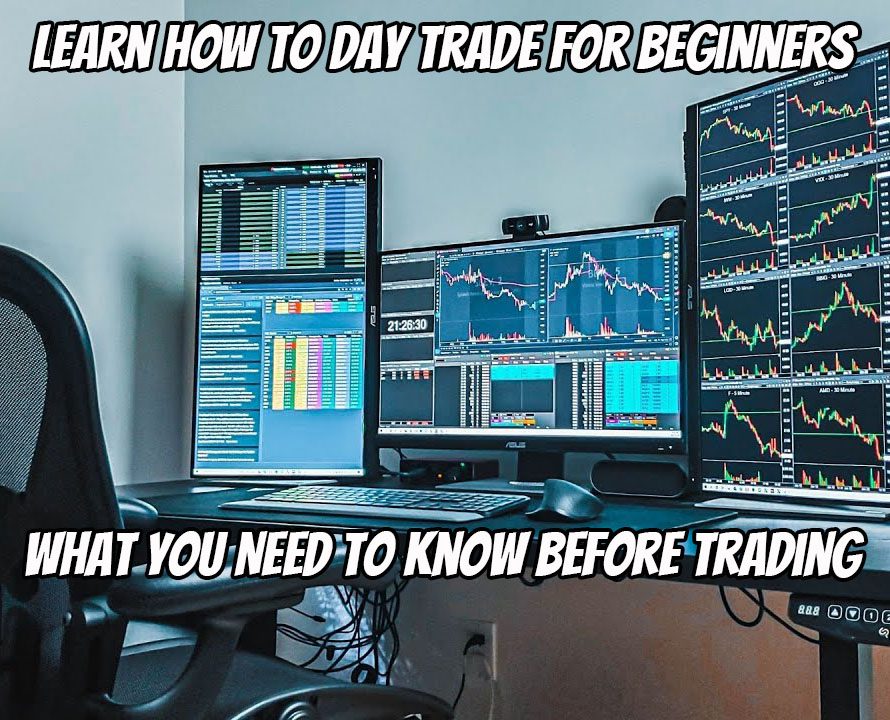 Learn How to Day Trade for Beginners – What You Need To Know Before Trading
Learn How to Day Trade for Beginners – What You Need To Know Before Trading 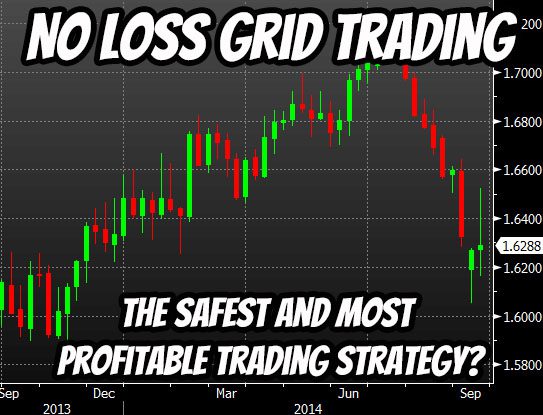 No Loss Grid Trading – The Safest and Most Profitable Trading Strategy?
No Loss Grid Trading – The Safest and Most Profitable Trading Strategy? 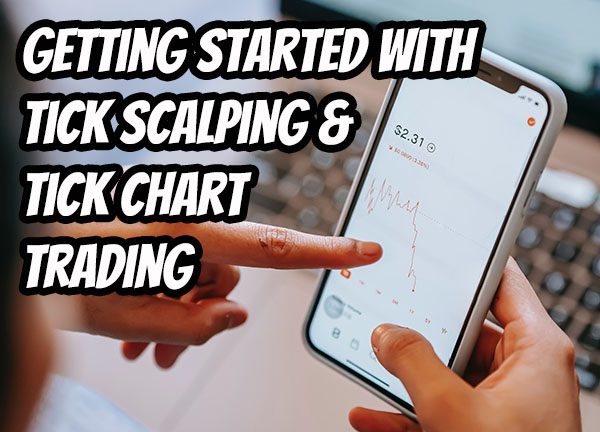 Getting Started With Tick Scalping & Tick Chart Trading
Getting Started With Tick Scalping & Tick Chart Trading  Shark Fin Trading Indicator: Here’s How to Discover This Harmonic Trading Pattern
Shark Fin Trading Indicator: Here’s How to Discover This Harmonic Trading Pattern